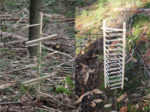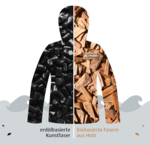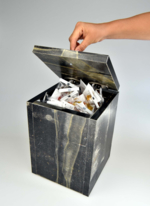
Sustainable reinforcement of e-bike battery cases
Ansmann AG from Assamstadt provides mobile energy solutions with a focus on sustainability. The BioBattery project, which was awarded the Baden-Württemberg Bioeconomy Innovation Prize, saw Ansmann AG working with the Fraunhofer LBF in Darmstadt to develop a natural fibre reinforced plastic composite for use in e-bike battery cases.





